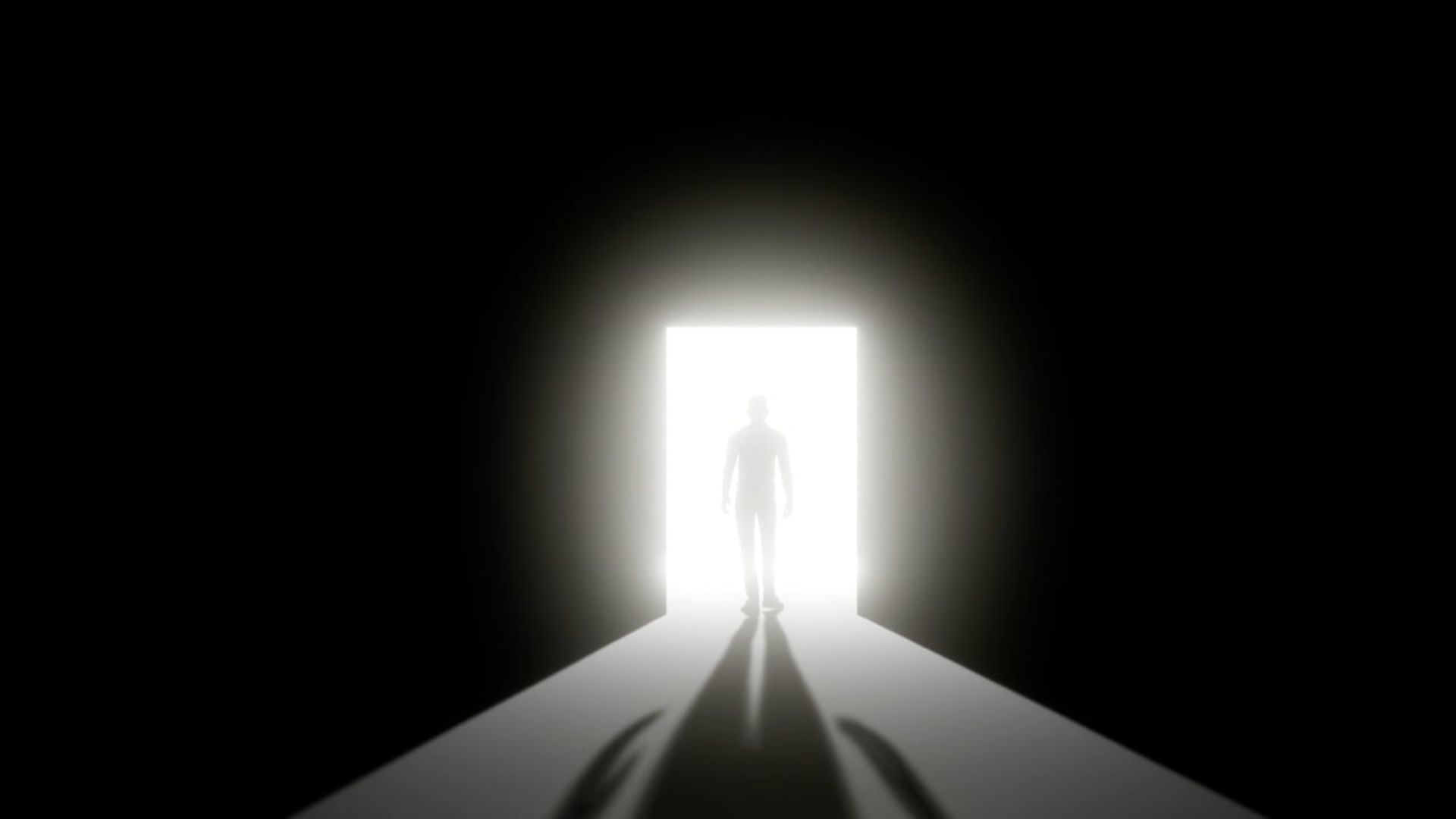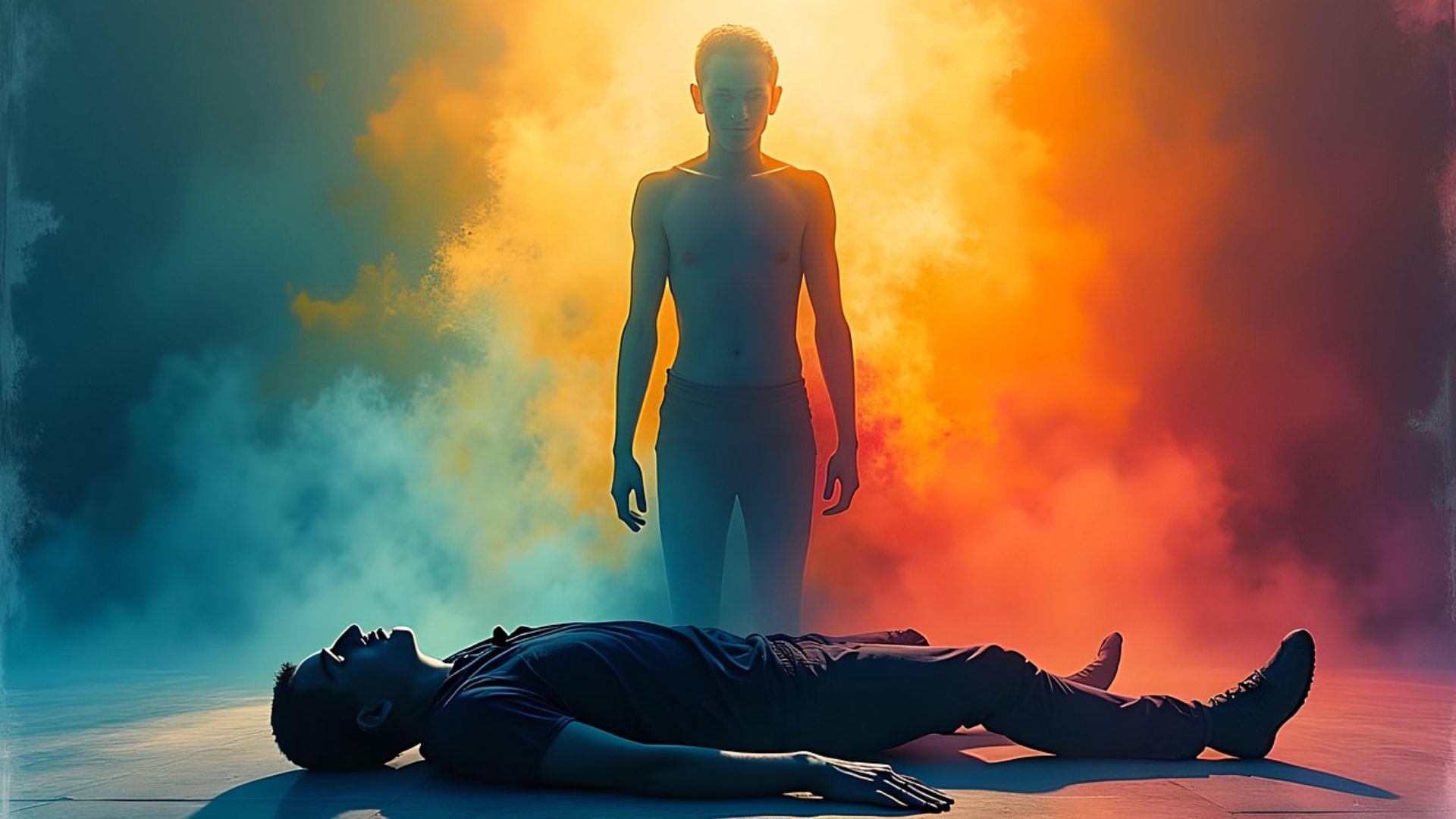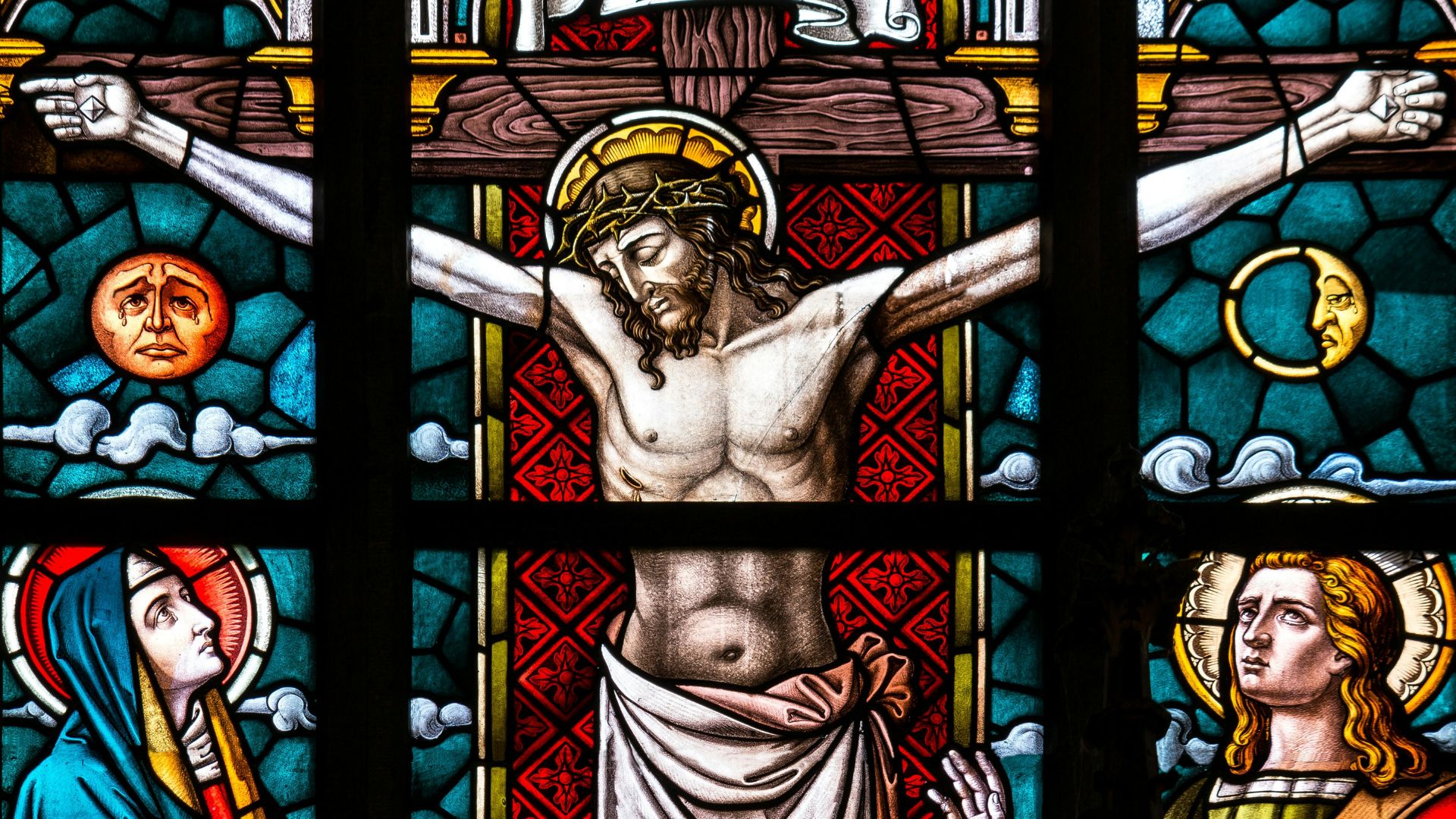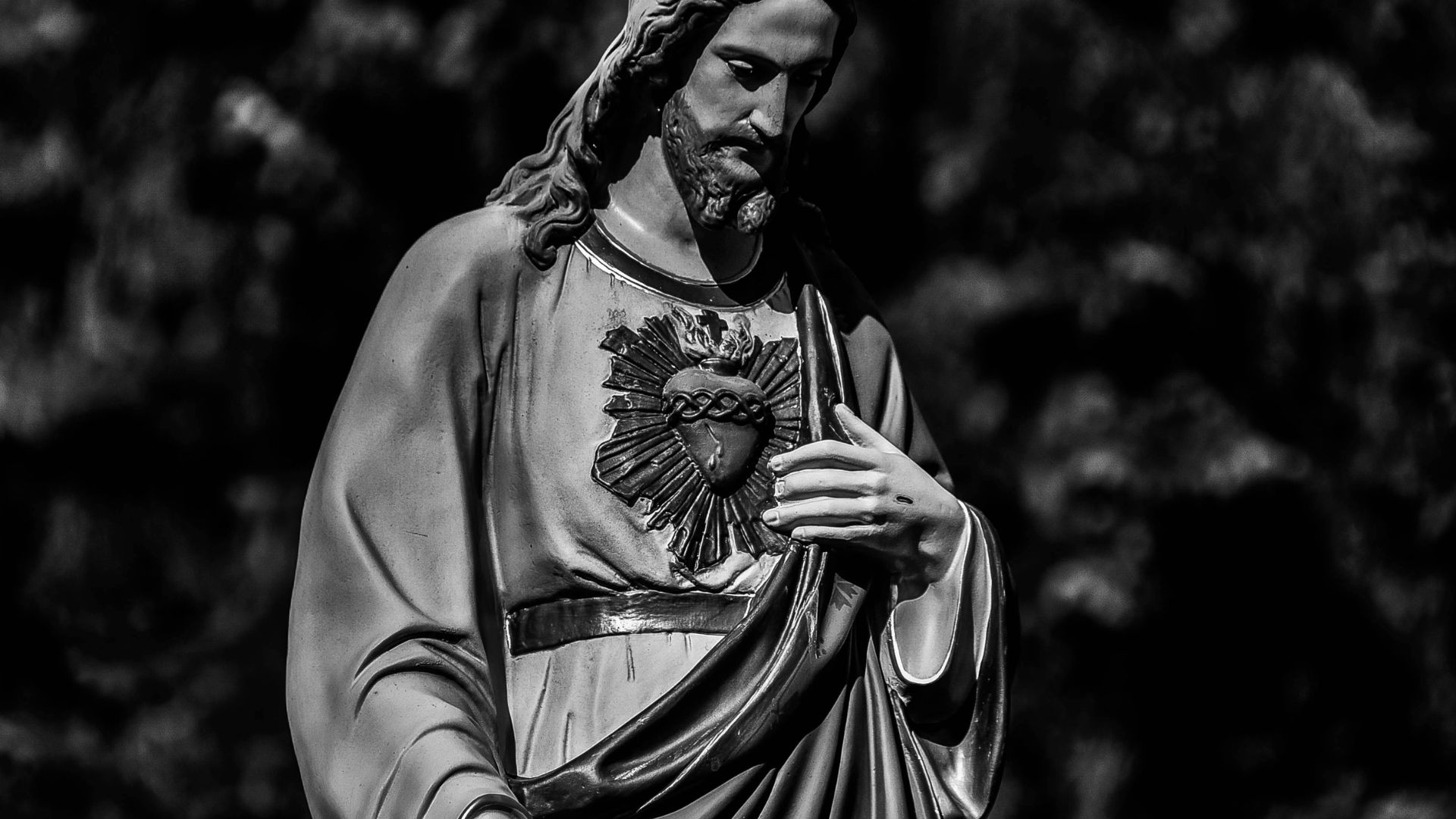Science’s Explanation of the Afterlife: What Happens When We Die


The question of what happens after we die has been observed and studied for centuries. Humans are fascinated with the afterlife, whether it be for spiritual reasons, scientific exploration, or pure curiosity. The scientific exploration of the afterlife has uncovered some answers to these questions. These are some of the studies and findings that bring us closer to knowing what occurs after we pass.
Scientific Analysis of The Afterlife

While no one can be 100% certain of what happens after we pass, scientists have explored the topics for years in hopes of finding answers to the natural query. Scientific understanding of the afterlife searches for empirical evidence by studying physiological, neurological, and psychological factors.
Brain Activity After Death

After death, scientists and doctors have found that some residual brain activity remains before gradually slowing to a stop. Some studies show up to 7 minutes of activity after a person passes. The brain waves observed are typically associated with consciousness, leading some to believe that this heightened state might be the brain reacting to whatever is on the other side.
Consciousness During Cardiac Arrest

In what is known as the “AWARE study”, experts sought to understand the level of consciousness and awareness during cardiac arrest and resuscitation. They found after studying these near-death experiences (NDEs) and interviewing survivors that brain activity can persist for up to an hour into CPR.
“Visions” During Near-Death Experiences

There have been several accounts of visions and hallucinations during NDEs that many attribute to proof of the afterlife. The scientific explanation is that the brain is under incredible stress during these episodes and may create illusions as a result.
The Study of Reincarnation

Reincarnation is the belief that we live many lives and as soon as one ends, our spirit or consciousness is placed into a new living being to start again. This raises the question, “Can consciousness follow you to a new life?” Scientists have observed children who report having past-life memories, though results are controversial.
Awareness During Flatline

Some people whose brains flatline, meaning brain waves stop entirely, can still recall the experience despite zero brain activity. According to one study, this lucid experience during resuscitation is experienced by 40% of patients. Whether this is a brief period of brain activity or further proof of life after death remains to be seen.
Shared Near-Death Experience Visions

Some people attribute the fact that lots of people have shared visions during near-death experiences to proof of life after death. Several people who have come back from NDEs describe things like a tunnel of bright light, feelings of peace, and a sense of detachment from the physical body. Scientists continue to study if these are simply the body’s natural reaction to extreme physiological stress.
Various Influences for Views of The Afterlife

Individuals’ views on the afterlife can be impacted by several factors. Culturally, there are hundreds of different explanations for what happens after death. Religion, culture, and environment all play a role in what we believe.
Conclusion

We are still seeking answers to what happens after we die and if there is an afterlife. Many people have their own beliefs about what occurs when we die, and science continues to pursue answers and explanations to the things we can’t quite understand about this phenomenon.